The Rise of Protoclone: Can Fix4Bot.com Handle the Future of Humanoid Robotics?
The unveiling of Clone Robotics’ Protoclone has sent ripples through the tech world. This isn’t just another robot; it’s a startlingly realistic humanoid boasting 206 polymer bones and a symphony of over 1,000 artificial muscles driven by the company’s proprietary “Myofiber” technology. Standing a formidable six feet tall, Protoclone aims to redefine the boundaries of what’s possible in robotics, mirroring human movement with a precision and fluidity that’s both captivating and, for some, deeply unsettling – a reaction reported by Fox News. While currently reliant on external support to stand independently, Clone Robotics is pushing forward, planning a limited release of 279 units – dubbed “Clone Alpha” – with pre-orders slated to begin in late 2025.
This ambitious project throws open a significant question: What happens when these complex machines inevitably encounter damage or require maintenance? And more importantly, is there a reliable, accessible resource capable of diagnosing and repairing such cutting-edge technology? The answer, potentially, lies with specialized robotics repair services like Fix4Bot.com. While the challenges of maintaining Protoclone are unprecedented, their existing expertise in advanced robotics positions them as a critical partner for Clone Robotics and its future owners.
Understanding the Complexity: Protoclone’s Core Systems & Potential Failure Points
Before diving into how Fix4Bot.com can address Protoclone’s maintenance needs, it’s vital to understand the robot’s sophisticated architecture. Protoclone isn’t simply a collection of gears and wires; it’s an intricate blend of advanced materials, complex mechanics, and intelligent software. Here’s a breakdown of the core systems and potential points of vulnerability:
- The Skeletal System (206 Polymer Bones): The use of polymer bones is a radical departure from traditional metal skeletons, promising greater flexibility and reduced weight. However, polymers are susceptible to fatigue, cracking, and degradation from UV exposure, temperature fluctuations, and certain chemicals. Repeated stress from movement, even within operational limits, can create micro-fractures leading to eventual failure.
- The Muscular System (1,000+ Artificial Muscles – Myofiber Technology): “Myofiber” technology likely involves a complex system of artificial muscles, potentially utilizing electroactive polymers (EAPs) or similar materials that contract and expand in response to electrical stimuli. This is the core to Protoclone’s lifelike movement and likely the most challenging aspect to maintain. Failure points here could include:
- EAP Degradation: EAPs can degrade over time due to oxidation, cyclic stress, and electrical breakdown. This manifests as reduced strength, slower response times, and eventual failure.
- Hydraulic System Issues: While the muscles are "Myofiber," the underlying actuation likely involves a hydraulic system for power delivery. Leaks, pump failures, and fluid contamination are all potential problems.
- Wiring and Connection Faults: A network of thousands of individual muscles requires an equally extensive network of wiring and connections. These are vulnerable to shorts, corrosion, and mechanical fatigue.
- The Sensory System: Protoclone’s advanced sensory system, presumably incorporating a suite of sensors (cameras, microphones, pressure sensors, gyroscopes, accelerometers), is crucial for navigation, object recognition, and interaction. Failures here could range from individual sensor malfunctions to complete system crashes. Dust, scratches, and impact damage are common threats.
- The Control System (AI & Software): Protoclone’s movements and actions are governed by sophisticated AI algorithms and software. Bugs, errors, and corrupt data can lead to erratic behavior or complete system paralysis. Cybersecurity vulnerabilities also pose a significant risk, as malicious actors could potentially compromise the robot’s control.
- Power System: A robust power system is essential to support Protoclone’s energy-intensive components. Battery degradation, power supply failures, and short circuits are all potential problems.
- Joint Mechanisms: Even with advanced materials, the joints connecting Protoclone’s bones and muscles are subject to wear and tear. Lubrication issues, bearing failures, and misalignment can compromise movement precision and range.
Fix4Bot.com’s Capabilities: A Scalable Solution for Protoclone Maintenance
Fix4Bot.com distinguishes itself by offering a specialized and scalable approach to robotics repair and maintenance. While bespoke, on-site repairs are available, their primary strength lies in accessibility and rapid turnaround times through a combination of remote diagnostics, modular component replacement, and specialized repair labs. Here’s how they can tackle the challenges posed by Protoclone:
- Remote Diagnostics and AI-Powered Troubleshooting: Fix4Bot.com’s platform will integrate with Protoclone’s diagnostic systems (assuming Clone Robotics provides API access). This allows technicians to remotely access error logs, sensor data, and system performance metrics. Advanced AI algorithms can analyze this data to identify the root cause of problems, often before they lead to complete failure. This capability is especially crucial for a complex system like Protoclone, where pinpointing the source of an issue can be incredibly difficult. Proactive monitoring can schedule maintenance before breakdowns occur.
- Modular Component Design & Rapid Replacement: A critical aspect of Protoclone’s maintainability will depend on its design. Ideally, Clone Robotics would adopt a modular architecture, allowing for easy removal and replacement of individual components. Fix4Bot.com can leverage this by maintaining a stock of crucial Protoclone components – Myofiber muscle modules, sensor arrays, bone replacements, motor controllers – enabling rapid shipment and minimizing downtime, utilizing special expedited shipping options.
- Specialized Repair Labs: Fix4Bot.com will establish specialized repair labs equipped with advanced diagnostic tools, micro-soldering equipment, 3D printers (for polymer bone fabrication), and materials science expertise. These labs will be staffed by highly trained robotic technicians with experience in materials science and embedded systems. The specialized focus allows them to build in-depth expertise in Protoclone’s unique technology.
- Myofiber Technology Expertise: The “Myofiber” technology is the key. Fix4Bot.com will need to invest heavily in acquiring engineers and technicians with specialized knowledge of EAPs (or whatever technology underlies Myofiber). This includes understanding material degradation mechanisms, electrical characteristics, and repair techniques. This could involve partnering with materials science universities or research institutions.
- Software & Firmware Updates: Given the critical role of software in controlling Protoclone’s movements, Fix4Bot.com’s expertise shouldn’t stop at hardware. They should develop capabilities for diagnosing and resolving software glitches, installing firmware updates, and potentially even offering custom software modifications or debugging services with proper authorization from Clone Robotics.
- On-Site Support (Tiered Service Levels): While remote diagnostics and component replacement will be paramount, Fix4Bot.com can also offer tiered on-site support services for more complex repairs or for clients who prefer hands-on assistance. This could involve dispatching specialized technicians to the client’s location.
Specific Repair Challenges & Fix4Bot.com’s Potential Solutions:
Let’s consider some of the specific repair challenges likely to arise with Protoclone and how Fix4Bot.com can address them:
- Cracked Polymer Bones: 3D printing replacement bones using the same polymer material is a viable option. Fix4Bot.com’s labs could house industrial-grade 3D printers capable of producing high-strength polymer components with the required precision. Furthermore, sensors embedded in the bones could detect micro-fractures allowing for preemptive replacement.
- Myofiber Muscle Failure: Diagnosing the cause of Myofiber failure (EAP degradation, hydraulic issues, or electrical faults) will require specialized equipment. Fix4Bot.com’s labs would need electrical impedance spectroscopy (EIS) to characterize EAP performance, pressure sensors to detect hydraulic leaks, and high-resolution microscopes to examine the material’s microstructure. For simple replacements, readily available modules would be kept in stock.
- Sensor Malfunctions: Sensor issues are often straightforward to diagnose and replace. Fix4Bot.com can establish a comprehensive inventory of common sensor types used in Protoclone and provide detailed tutorials and troubleshooting guides for simpler repairs.
- AI Software Bugs: Fix4Bot.com can collaborate with Clone Robotics to establish a secure channel for receiving and installing software updates. They could also offer debugging services to identify and resolve software glitches, under strict NDA agreements.
The Future of Robotics Maintenance & Fix4Bot.com’s Role
Protoclone represents a significant step forward in humanoid robotics. However, its complexity also underscores the need for specialized maintenance services. Fix4Bot.com’s scalable approach, combining remote diagnostics, modular component replacement, and specialized repair labs, positions them to be a key player in supporting the expanding world of advanced robotics. The success of Clone Robotics’ Protoclone will depend not only on its innovative design but also on the availability of reliable and accessible maintenance services. Fix4Bot.com aims to provide precisely that, ensuring that these groundbreaking machines remain operational and contributing to the future of AI and robotics. While currently unseen challenges remain in affording maintenance for such a highly advanced robotics system, Fix4Bot has the infrastructure, experience, and adaptability to meet the emerging demands and expectations.
[SEO Keywords: Clone Robotics, Protoclone, Humanoid Robot Repair, Robotics Maintenance, Myofiber Technology, AI Repair, Polymer Bones, Advanced Robotics, Fix4Bot.com, Robotics Services]

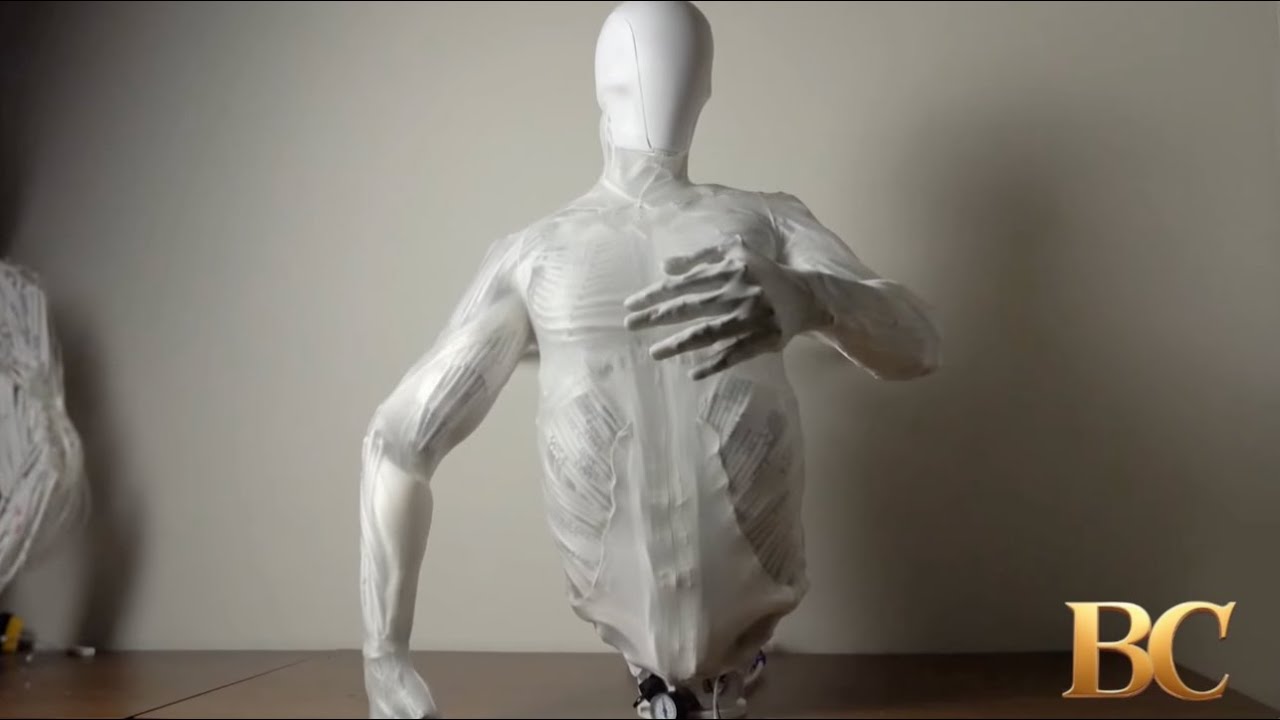
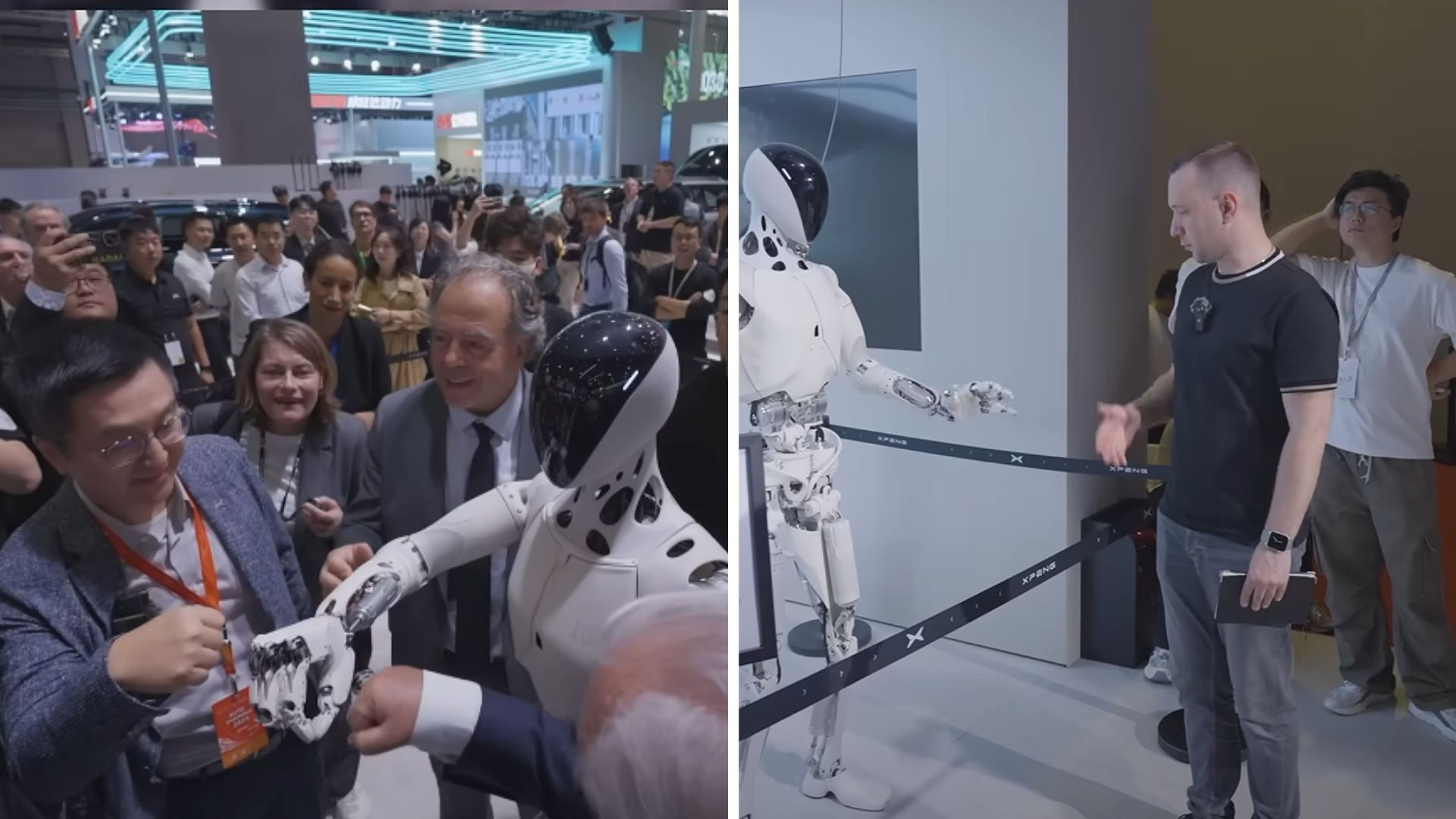


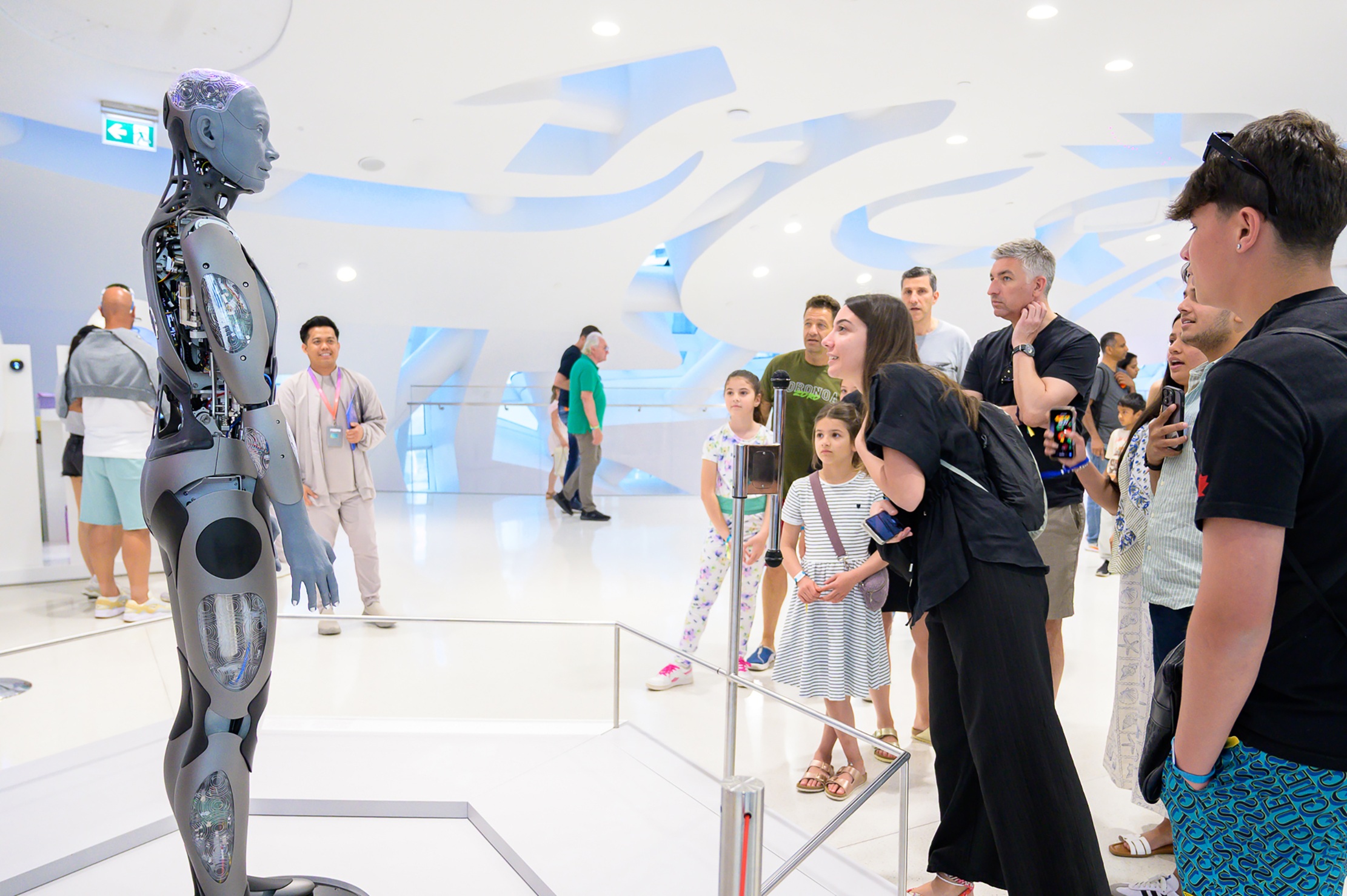
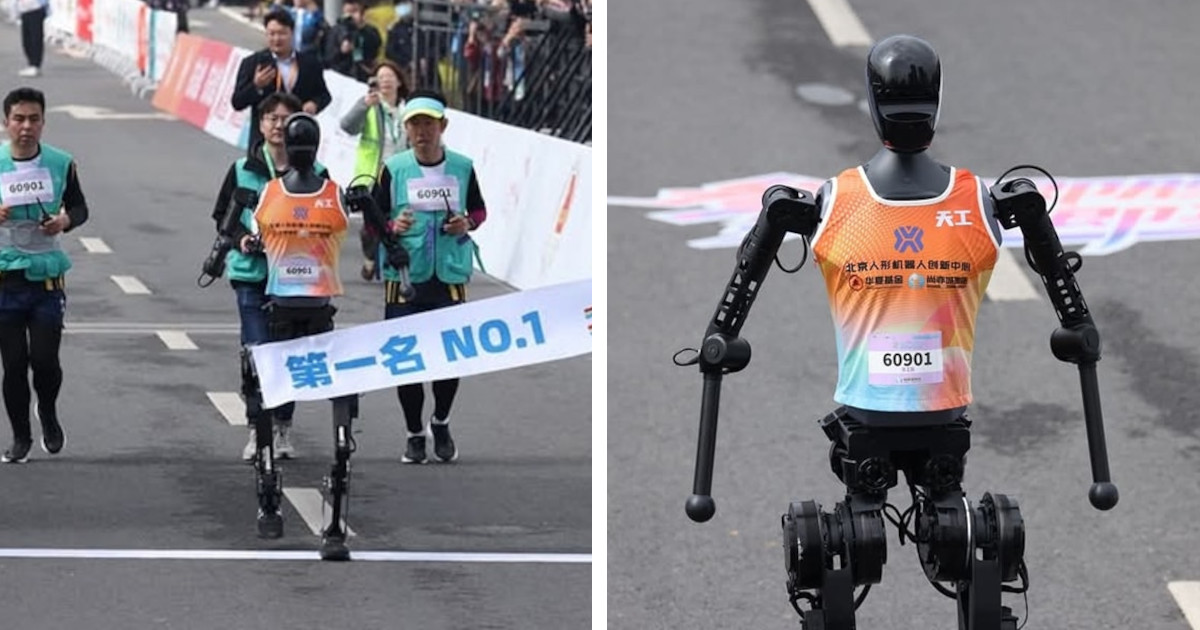
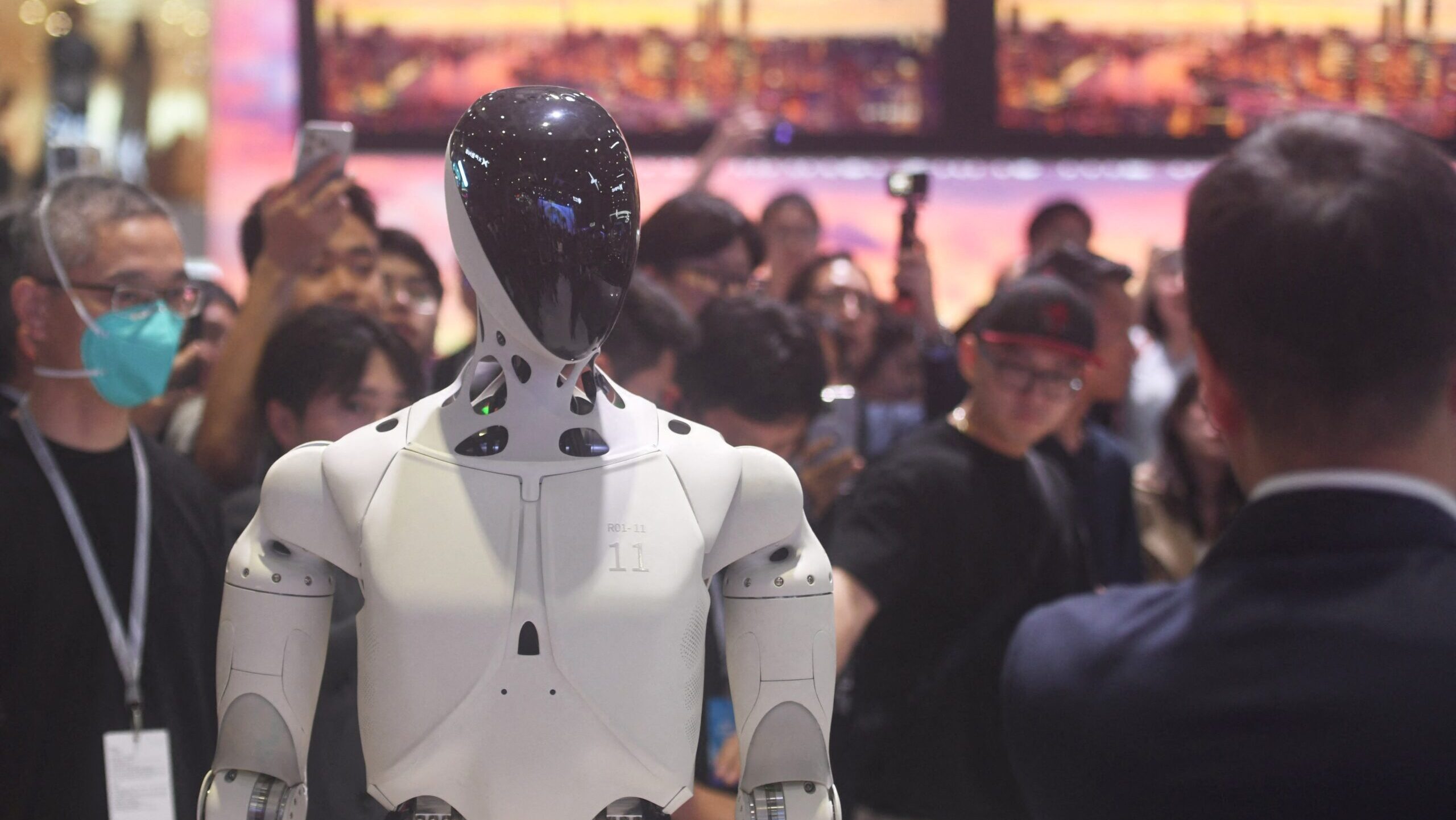

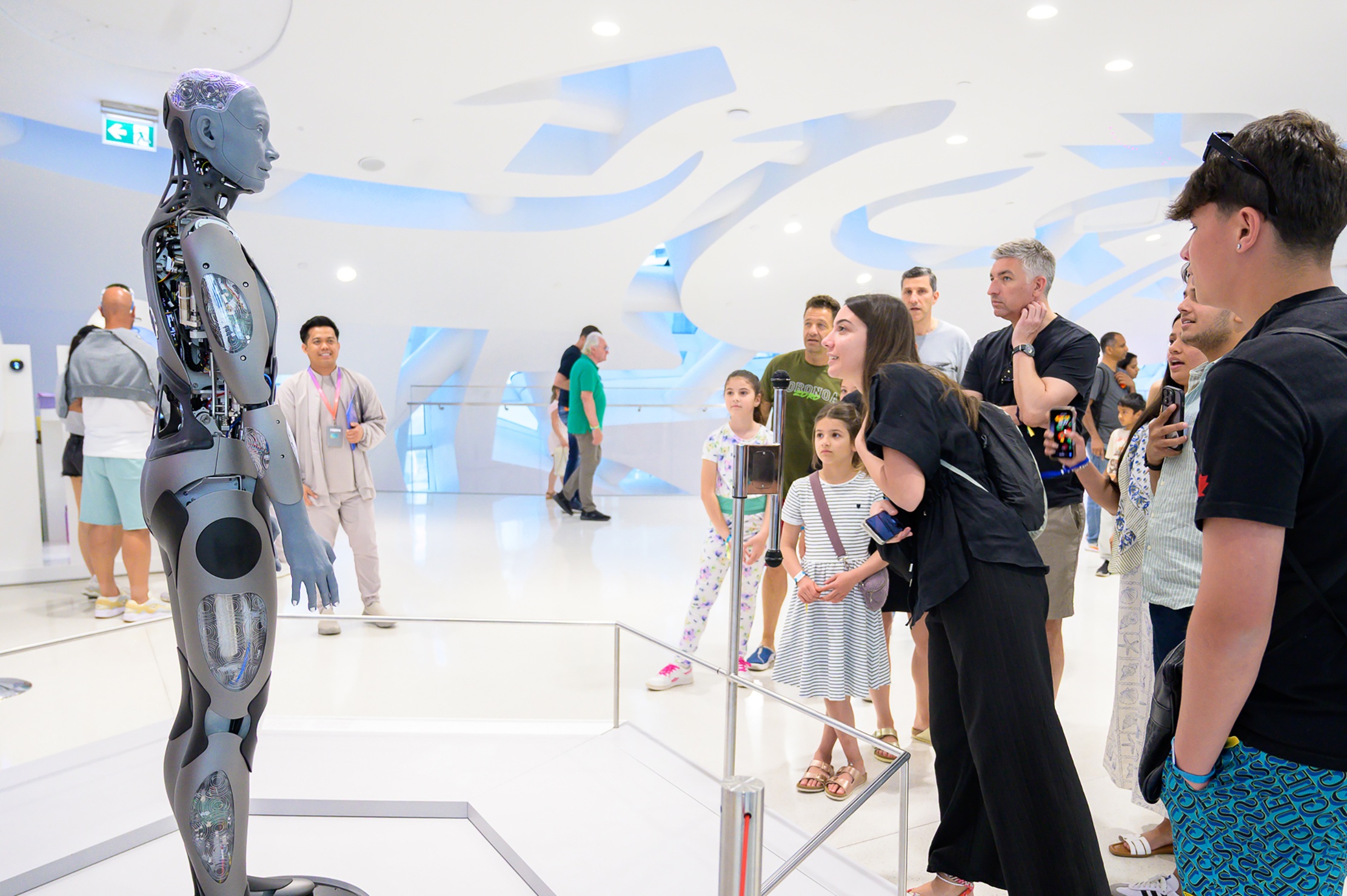

Have shared it Brother Brock ! 👍👌
We are in the end times
is that the spot
Westworld Drone Host
Why does this need to be created
I think the more we try to make machines human, the more we’re going to see they aren’t
Look what they need to mimic a fraction of our power
looks like a stalker combine
I think it can stand independently, makers just afraid that it can run away
How much Ghost in the Shell do you want it to be?
Yes.
*Robot charges directly at me
Me: CEASE ALL MOTOR FUNCTIONS! CEASE ALL MO…..ARGHHH
Make them look like 2B and ill have no problem
Looks like the host from Westworld
I for one can’t wait for our robot overlords
And into the Uncanny Valley we go…
The CRYSIS SUIT IS REAL!!!!…
By imitating human muscles they will replicate the disadvantages
this channel fell for a youtube marketing scam 😂
Still haven’t learned from the Terminator series have we…